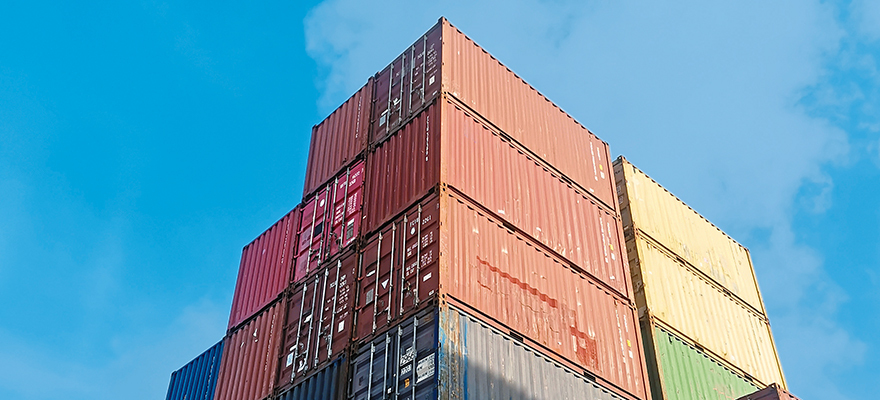Bart Coppelmans takes stock of the supply chain crisis afflicting the UK and how location-based services can build resilience by improving the visibility of end-to-end operations

The UK has seldom seen a supply chain crisis like the one it faces today, involving all aspects of global trade and exacerbated by the pandemic. Business costs are rising as material shortages across supply chains collide with spikes in consumer demand. The pandemic has reshaped global commerce and it is vital for companies to take this time to build more more resilient operations to withstand future shocks.
Location-based services
A significant part of building more resilient operations is to improve visibility across the supply chain from end-to-end, and location-based services are at the centre of these innovations.
Location technology helps companies view their assets within a detailed, comprehensive, and accurate framework, resulting in a supply chain that can help to ride out future shocks. By applying the technology across the chain, it can help get goods transported efficiently and smoothly, using Internet of Things (IoT) sensors to track their condition.
On top of this, location-based data is accurate and runs in real-time which gives companies the visibility they need to manage their connections. Shipments can all be remotely tracked and monitored efficiently by professionals such as fleet managers.
A stitch in time ….
Location-based services uniquely identify problems as they occur. Potential issues can be spotted in real-time, giving companies a much quicker response rate. Because of this, they can meet their delivery Service Level Agreements, get full condition monitoring of assets, and curb delays, damages, and losses. Costs can be reduced, and customer satisfaction improved over time. Estimated Time of Arrival (ETAs) are far more accurate when location services are combined with logistic-specific transport data.
Machine Learning models make this even more accurate and predictive for improved transport planning and execution. Any damages that do occur can be tracked en route, thereby raising the Net Promoter Score. It also means that there is full transparency over what’s in stock, how it’s used, and when maintenance is needed.
Fundamentally, location-based services create transparency for ETAs and allow companies, where necessary, to recalculate loading and unloading points, again improving supply chain efficiency.
Strengthening the chain
Predictive models can use real-time traffic and navigational data to increase understanding and accuracy of the supply chain. The IoT can take this a step further by adding other information such as whether the delivery is made by rail, air, sea, or truck; whether products are brought in bulk or packaged, and the rates of the loading points. This will make a more efficient and cheaper supply chain as goods can be more easily tracked in real-time.
Taken together, the benefits of visibility across the supply chain are substantial in protecting the economy from future shocks. Not only will location-based data give businesses the visibility they need across their networks, but will also give them a competitive differentiator in the market.
Tracking all aspects of the chain, from using IoT sensors to track deliveries, to monitoring updates in real-time, companies can better understand all aspects of the supply chain and, in so doing, build resilience.
Bart Coppelmans is Head of Global Transport and Logistics Industry Solutions at HERE Technologies (https://www.here.com/)


